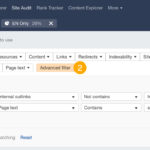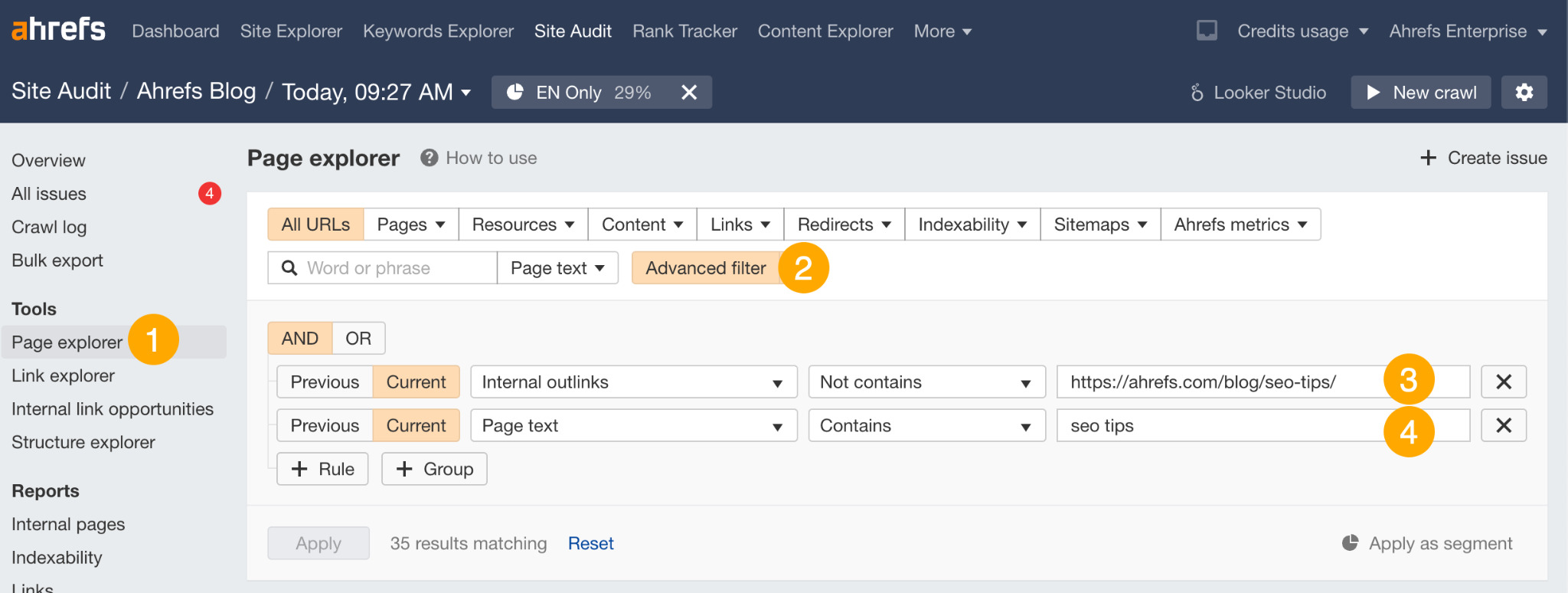Ahrefs is a powerful tool for tracking website performance, analyzing backlinks, and optimizing for search engines. However, to fully leverage its features, your website must be properly indexed in Ahrefs. This article will guide you through the steps to ensure your website appears in Ahrefs’ database and remains optimized for tracking.
1. Verify Search Engine Indexing
Ahrefs pulls much of its data from search engines like Google and Bing. If your website isn’t indexed by these platforms, it won’t appear in Ahrefs either.
Steps to Ensure Indexing:
- Submit Your Sitemap: Log into Google Search Console and submit your sitemap to help Google crawl and index your pages.
- Fix Indexing Issues: Regularly check for indexing errors in Search Console and address issues like 404 errors or blocked pages.
- Enable Crawling: Ensure your
robots.txtfile doesn’t block important sections of your website.
2. Connect and Verify Your Website in Ahrefs
Ahrefs allows you to verify your website to provide better insights and detailed data.
How to Verify:
- Go to the Site Audit section in Ahrefs.
- Add your website by entering the domain name.
- Complete verification using one of the available methods, such as adding an HTML file, updating DNS records, or linking your Google Search Console account.
This step ensures Ahrefs recognizes your site as legitimate and includes it in its database.
3. Boost Visibility with Backlinks
Backlinks are a critical factor for indexing in Ahrefs since they indicate a site’s authority.
How to Build Backlinks:
- Guest Posting: Write articles for reputable blogs in your niche that link back to your site.
- Content Promotion: Share your website’s content across social media, forums, and communities.
- Directory Listings: Submit your website to industry-related directories to gain initial traction.
Ahrefs will detect these backlinks, helping to index and improve your website’s visibility.
4. Audit Your Site for Technical Issues
A thorough site audit helps identify technical issues that might prevent your site from being indexed properly.
Using Ahrefs Site Audit:
- Run a crawl of your website using the Site Audit tool.
- Review critical errors such as
noindextags, duplicate content, and slow-loading pages. - Resolve any flagged issues to improve your site’s crawlability and ranking potential.
5. Ensure Proper Use of Indexing Tags
Pages with a noindex meta tag won’t appear in search engine results or Ahrefs. Check to ensure you haven’t accidentally blocked important pages.
Key Areas to Check:
- Meta Tags: Use tools like Ahrefs or Search Console to scan for pages tagged with
noindex. - Robots.txt: Ensure that your robots file doesn’t disallow critical sections of your site.
6. Monitor Indexing Performance Regularly
Once your website is indexed in Ahrefs, regularly monitor its performance to identify new issues or opportunities for growth.
Recommended Tools in Ahrefs:
- Site Explorer: Analyze your website’s backlinks, organic traffic, and ranking keywords.
- Rank Tracker: Keep track of your keyword performance and adjust your strategy accordingly.
- Alerts: Set up alerts to notify you of changes in backlinks or rankings.
Conclusion
Ensuring your website is indexed in Ahrefs is crucial for utilizing its powerful SEO tools effectively. By verifying your site, improving backlinks, addressing technical issues, and monitoring performance, you can optimize your presence on Ahrefs and achieve faster rankings. Regular maintenance and strategic optimization will help you make the most of this tool’s capabilities.

